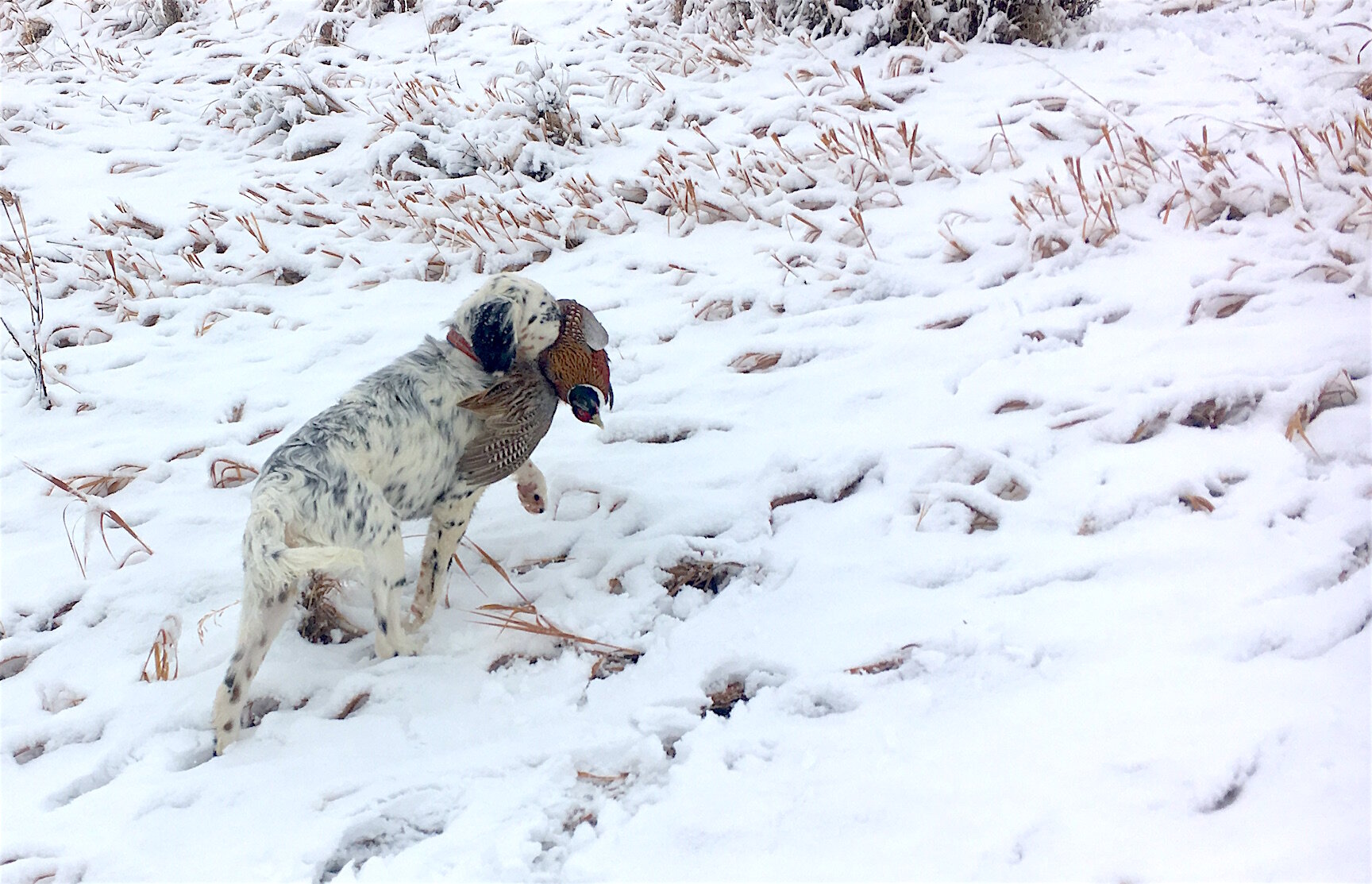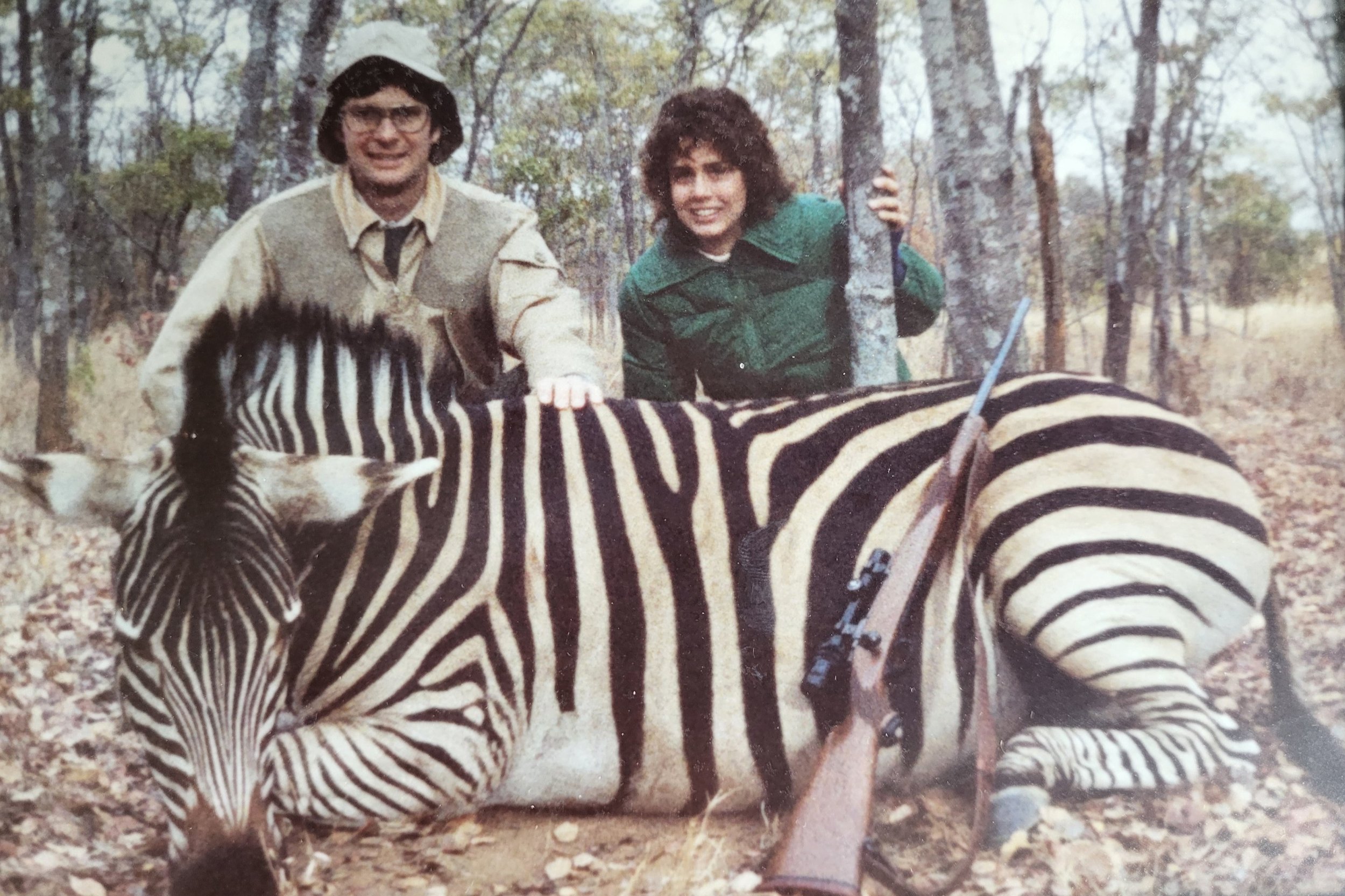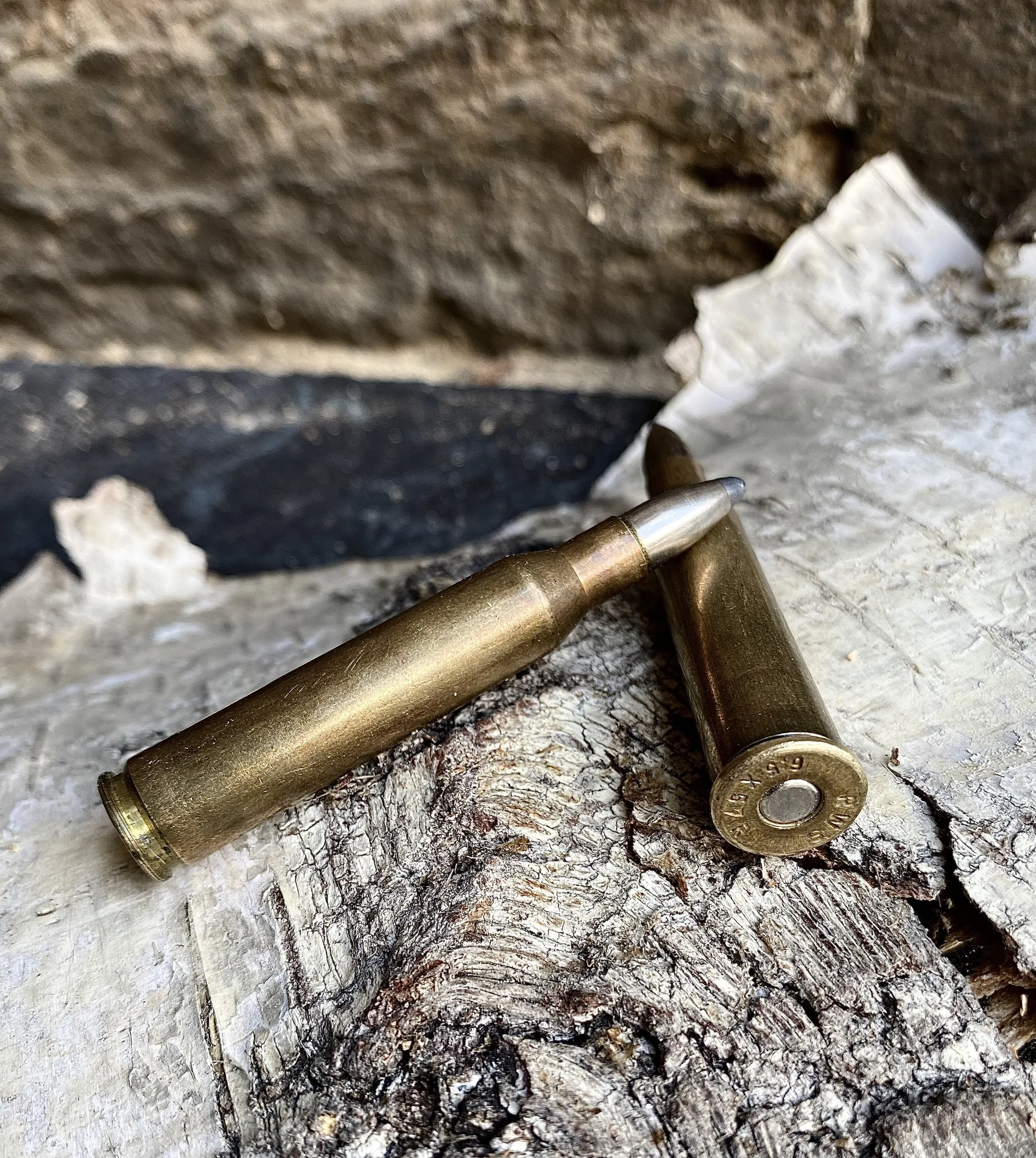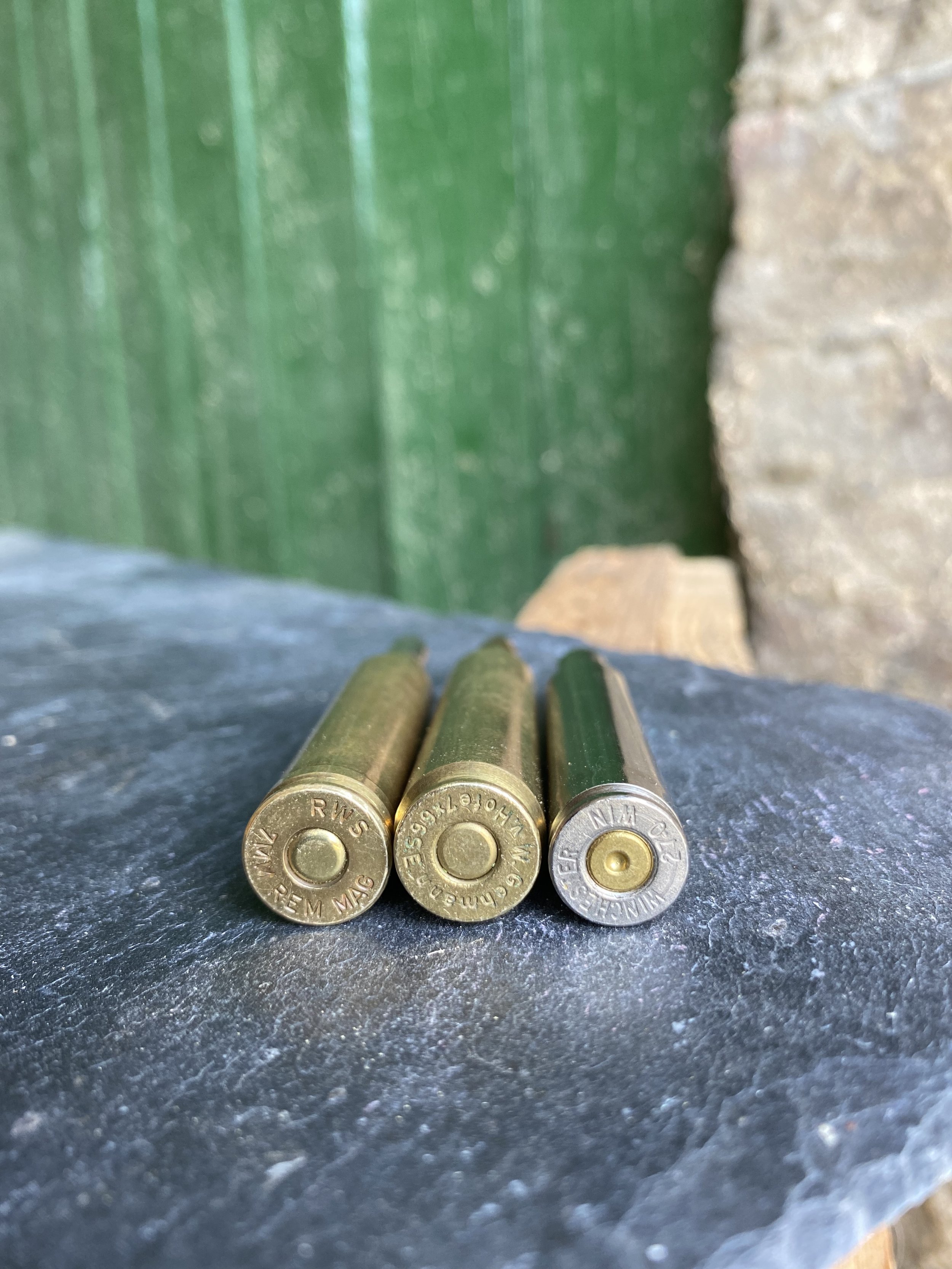Chewing Dancing Springs Ranch
Pardon me for writing with my mouth full. I know it’s not polite. No time for polite. I'm chewing Dancing Springs Ranch, which may yet prove that old platitude "biting off more than you can chew."
Image shows sun rising over chewing Dancing Springs Ranch frosted trees.
Well, maybe not more than, but certainly more than enough. We’re keeping our heads above water, but our dreams of lazy morning coffees while watching the sun rise over the mountain and the deer gambol in the meadows have been upstaged by failing fences, blown fuses, leaking hydraulics, dead batteries, swarming insects, approaching winter, and the race to find, cut, haul, and stack enough wood in to survive it. And now the snow-shoving to clear a mile of driveway has begun…
All Work and No Play Makes Chewing Dancing Springs Ranch a Chore
Not to get all Shakespearean on you, but perhaps I doth protest too much? Yes. All is not work here. Nor is all work drudgery, as the following photograph of Covey and me suggests. As you might imagine, there’s more behind getting dinner than a short walk in the park. According to the health app on my phone, there were 16,262 steps and 48 floors of climbing behind this brace of birds.
Chewing Dancing Springs Ranch means harvesting its naturally grown, free-range "chickens," here a pheasant and ruffed grouse.
Many of those steps accumulated while I shoveled a couple of inches of snow off the deck, driveway, etc., but that job done, the chickens fed, eggs gathered (all three of them!), and fireplace stoked, I determined to celebrate the final day of the pheasant season by letting Dancing Springs Ranch ringnecks run circles around me. Again.
Dancing Springs Ranch Pheasants a Breed Apart
Let me tell you about Dancing Springs Ranch pheasants. These are not your typical fat, happy, corn fed, flatland, Dakota-style ringnecks. Living up to 6,000 feet on sage-steppe grasslands interlaced with hawthorn, chokecherry, and red osier dogwood tying together copses of mountain maple, they appear to be a unique hybrid. Based on behavior, they may have once interbred with road runners, Himalayan snow cocks, cottontail rabbits, and at least one Sherman tank. All September they teased us by crowing, flapping, and cackling around the homestead. Squadrons of ragged young roosters trailed a long-tailed old veteran that flew off the wind turbine ridge to the creek bottom every morning. Mixed packs of a dozen or more flushed like August grasshoppers from the edges of the driveway. It was obvious the Spomer’s were going to be feasting on pheasant come the season opener.
Not so fast, oh cocky hunter. Opening day came and went with nary a rooster exposing its delicate hide to my patiently waiting swarm of pellets. No problem. With 4.5-month -ld Covey the Wonder Setter (we wonder if she’ll amount to anything other than cute and endearing) leading the way, I’d anticipated more wild flushes than productive points and gratifying retrieves. Covey was running solely on instinct, so I didn’t expect much more then a lucky shot or two. Our primary objective was to let the young pup discover her calling and go bird crazy.
Chewing Dancing Springs Ranch meant running and discovering its secrets for the English setter, Covey, shown running through wild grasses and sagebrush.
Covey Discovers Her True Purpose in Life Chewing Dancing Springs Ranch
Mission accomplished. After two or three short hunts, Covey was scenting, flash pointing, flushing, and chasing roosters and hens alike. Virtually all of them out of range or out of sight behind curtains of brush. I’d hear a cackling flush and catch glimpses of birds flying up to the maple mountain forests, 200 feet over a sagebrush ridge, or down the creek, laughing all the way. I think a couple indulged a celebratory mid-air spin or at least a wing-dipping salute.
As a veteran ringneck hunter bred and born to the Dakota cornucopia of pheasants, I absorbed these missed opportunities with equanimity (tinged with a growing hint of frustration) until one day that promising little pup of mine tiptoed into an indecisive point. Eager to reward her, I hurried along the steep, stoney slope above a threatening wall of sharply spiked hawthorn, primed to shoot quickly before yet another rooster inserted itself behind an impenetrable wall of wood. And then the bird was airborne. No more than 20 yards away. On the outside edge of the thicket. An easy straightaway. My Mossberg leapt to my shoulder as its done a hundred times before, locking onto the blue, green and russet rear end of the departing rooster just as a rock shifted slightly under my uphill foot. I knew the instant the gun barked I had a fringe hit. Sure enough, the rooster tumbled with a clipped wing, bounced in the grass and dashed for the security of the thorn thicket, Covey in hot pursuit. I couldn’t finish it with a ground shot because pup was too close, so I prayed she’d catch it and solidify her passion for pursuit. But this was a Dancing Springs Ranch mountain pheasant. Tough as a tank, fast as a road runner, diving into cover where only a weasel could follow.
Photo shows 4.5-month-old English setter puppy pointing in autumn grass while chewing Dancing Springs Ranch.
Reinforcements for a Revenge Hunt
Fast forward to the penultimate day of the season. I am done with dog training. It is time to actually bring to bag a Dancing Spring Ranch rooster. I hire a local hunter, Gary, to bring his German shorthair pointer and wirehair pointer. One of us on either side of the brush, the dogs coursing where they will, a bit of snow on the ground to show tracks. Covey will sit this one out and we will slaughter them. Gary drops the first bird, a cocky rooster that made the usual wild flush and powered up the mountain. It comes down wing clipped, the shorthair in hot pursuit. From my position on the opposite slope, I can see the chase, the road runner pheasant dodging amid a low forest of sage, the dog losing ground as it puzzles out the scent. Gone. Another easy meal for the local hawks. We press on.
The good news is that Gary’s dogs eventually pin a couple of roosters and I tumble both, finally bagging my first hybrid pheasants on Dancing Springs Ranch. Thank you Gary and dogs! A good way to end the season. With a whole year to train Covey, we shall be ready for battle next year.
Tracking Last Second Opportunities While Chewing Dancing Springs Ranch
Overnight it snows some more and I awake to the possibility of tracks. So instead of strapping chains on the tractor tires, replacing some shear pins on the snow blower, changing the oil in the Honda 4-wheeler, or cutting more firewood, I decide to treat myself to one more potential poke at those pheasants, never imagining we'd stumble upon a bird species I'd never before seen on the ranch.
If Covey and I return to the site of Gary’s lost bird we might see tracks in the snow. I have to go up that way to loosen the ratchet tensioners on the fences anyway…
I found the tracks. The snow cock rooster was running down toward the creek. His foot prints entered a grassy thicket under a lone hawthorn — and didn’t come out. I sent Covey in and the rooster dashed out, only one wing working. Down the slope they tumbled, Covey more determined at every jump, but it appeared the road runner/rabbit/tank rooster would reach cottontail cover before pup could catch him. With a few yards to go, the eager English setter poured on the afterburners and snatched that rooster out of the snow.
Retrieve or Catch and Release?
Well, here was a sight to gladden the heart of any dog’s coconspirator. Covey came bearing her first ringneck, head up, proud as a Congressman. I had to capture this moment for posterity. As I fumbled for my smartphone and fired up the camera, my hero paraded up to me, past me, up the hill, farther up the hill, and disappeared behind the hawthorn where the chase had begun. When she reappeared, the rooster was gone. Add Houdini to the hybrid mix.
Image shows a tri-colored belton english setter carrying a rooster pheasant through the snow on Dancing Springs Ranch.
Disappointed by undaunted, we continued working the fence line, backing off the tensioners, and hunting any cover on the way. As we progressed I tumbled to the discovery that if Covey was going to bump birds from the thickets ahead of us, my best hope was to follow as silently as possible in the hopes a startled rooster would fly my way. Dozens, literally dozens, of sharptails did. A hen pheasant sneaked out with them. Roosters cackled ahead. Covey was out of sight, pointing or moving I didn’t know. But then a rush, a flush, wings beating closer. I watched the treetops. Out came a ringneck, confidently flying upstream, right over the center of the riparian brush, that infamous weasel thicket. If I were to engage this one, I’d better center it. Right to left, a full head of steam. I swung quickly, instinctively, and punched the trigger. The cock tumbled hard and I knew it was dead.
Covey reached it seconds after I did, both of us dirtied and somewhat bloodied by the tangles and thorns. But we had our rooster, my third off the ranch, Covey’s first off planet Earth. I don’t know if she’d pointed that bird or bumped it, but by golly she got it.
Bonus Round a Bit Ruffed
As we continued up the snow blanketed hawthorn creek, searching for a gap thin enough to cross to the homeward side, we bumped something that fluttered into the branches and landed. This wasn’t the distinctive sound of pheasant wings. More like sharptail. But there was no familiar sharptail “duka ducka duck” call. No, those wings sounded like Bonasa umbellus, the ruffed grouse. We backed up the slope and scanned the snowy limbs, finally spotting not one, but two ruffed grouse sitting as they often do, safe and content above terrestrial predators. I sent Covey in on a flushing mission. The grouse calmly watched her and yawned. Sticks and stones may break some bones, but they can’t induce ruffed grouse to fly. Well, walk away and return with a camera? Or shoot the King of Game Birds (horrrors!) off its perch and add a new species to my Dancing Springs Ranch life list of edible game? Give the unsporting flushing characteristics of this species locally (it is common and legal practice to shoot sitting forest grouse here, including with rifles) and its delectable flesh, I decided to shoot one. At the shot, it’s partner didn’t even move. Not until Covey and I crawled under for the retrieve did it deign to hop a branch or two higher.
Cock pheasant and ruffed grouse hanging from a maple trunk taken while author was chewing Dancing Springs Ranch.
Covey had now added two new species to her life list. I had added one. What this means in the great scheme of things I’ll leave to the philosophers. What it contributes to the overall care and management of Dancing Springs Ranch I’m not sure. But I do know it gladdens the heart of the hunter, feeds the soul of man and dog, sustains the ancient cycle of survival of the wild things that have evolved (and hybridized!) in the sacred sage-steppe mountains of the West. That, if not the meat of these birds alone, will sustain us through the coming four months of snow and cold as we chew what we bit off on this lovely, inspiring, challenging off-grid ranch.
The author and his long-suffering wife have taken on an ill-advised adventure rather late in their careers, moving to an off-grid ranch in the mountains of the Rocky Mountain west. What with antique tractors, rusting tools, old solar technology, a wind turbine, laying hens, miles of fences to keep out neighboring cattle, and an inefficient, wood hungry fireplace, they are never bored, but often tired.






















